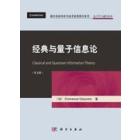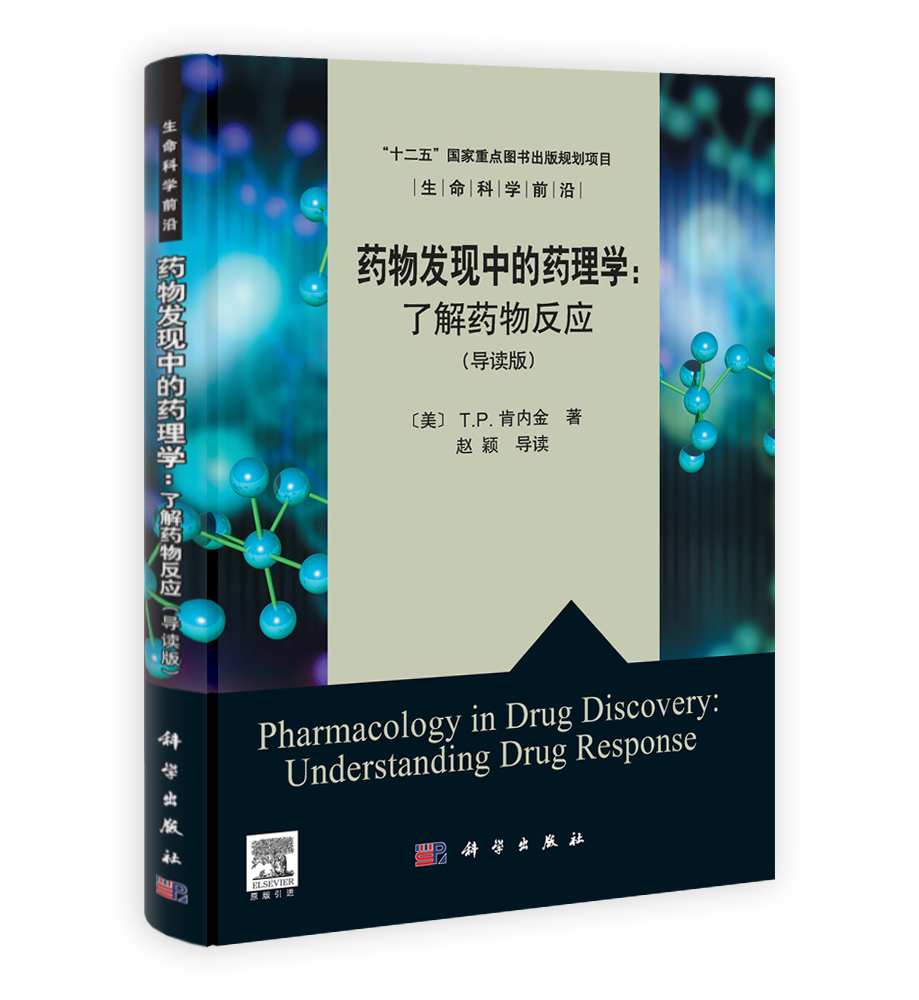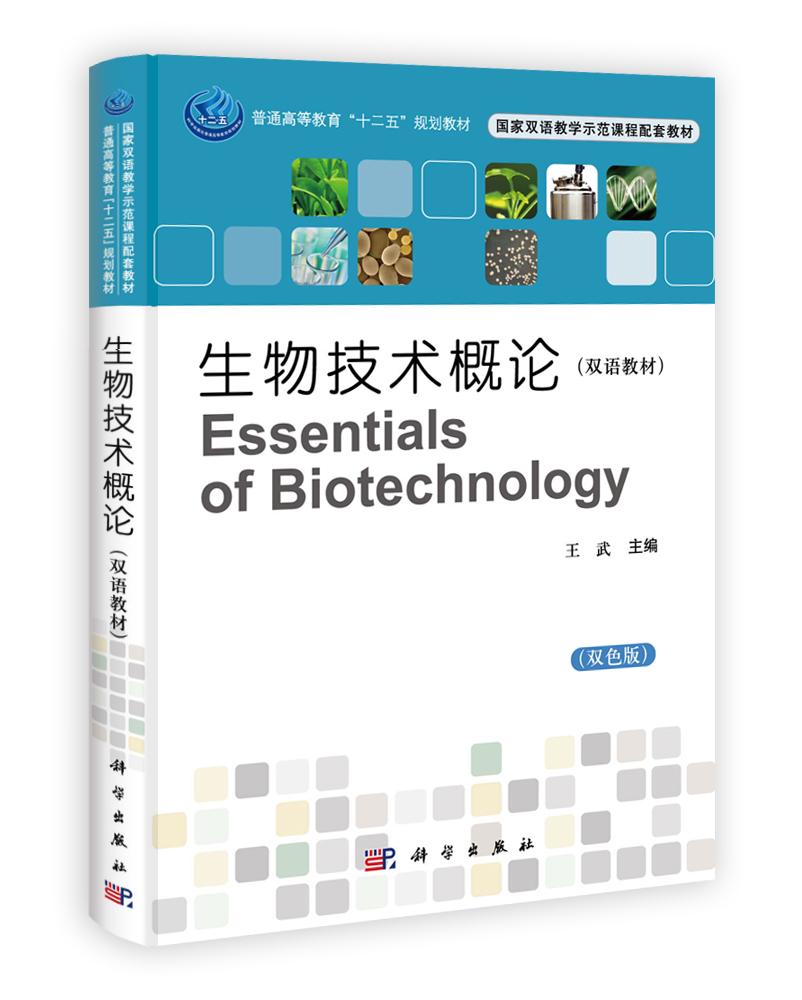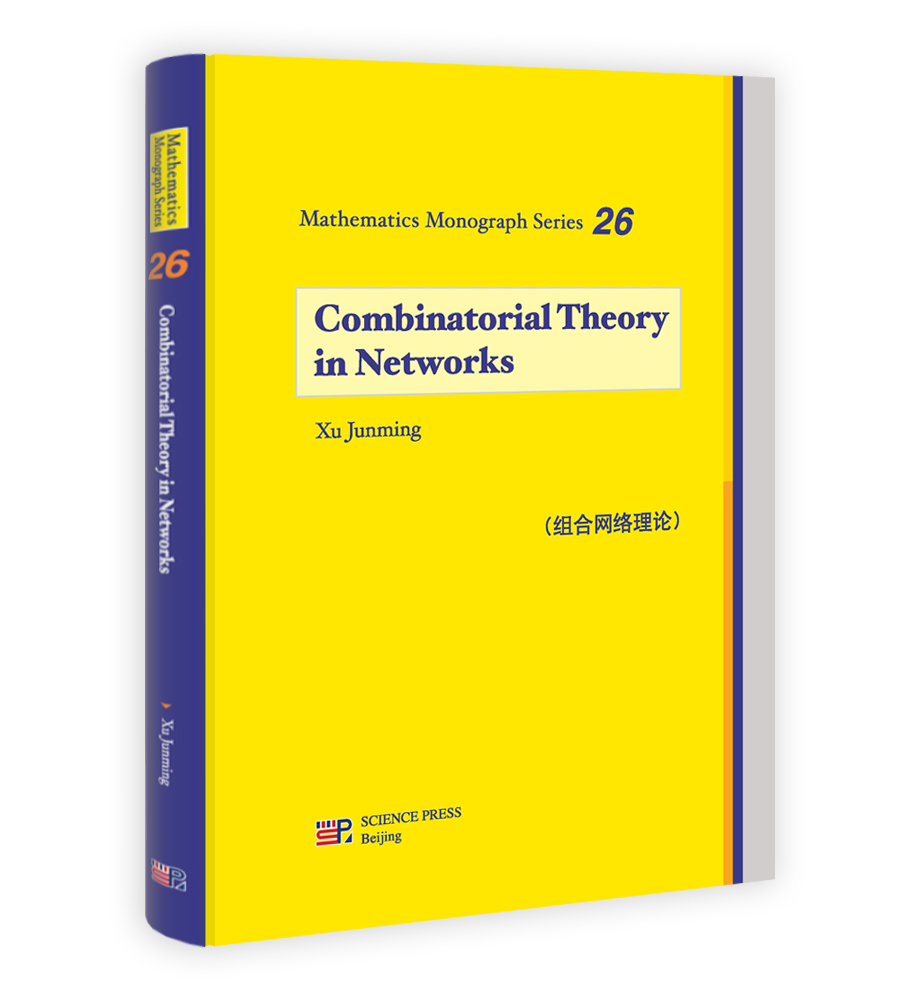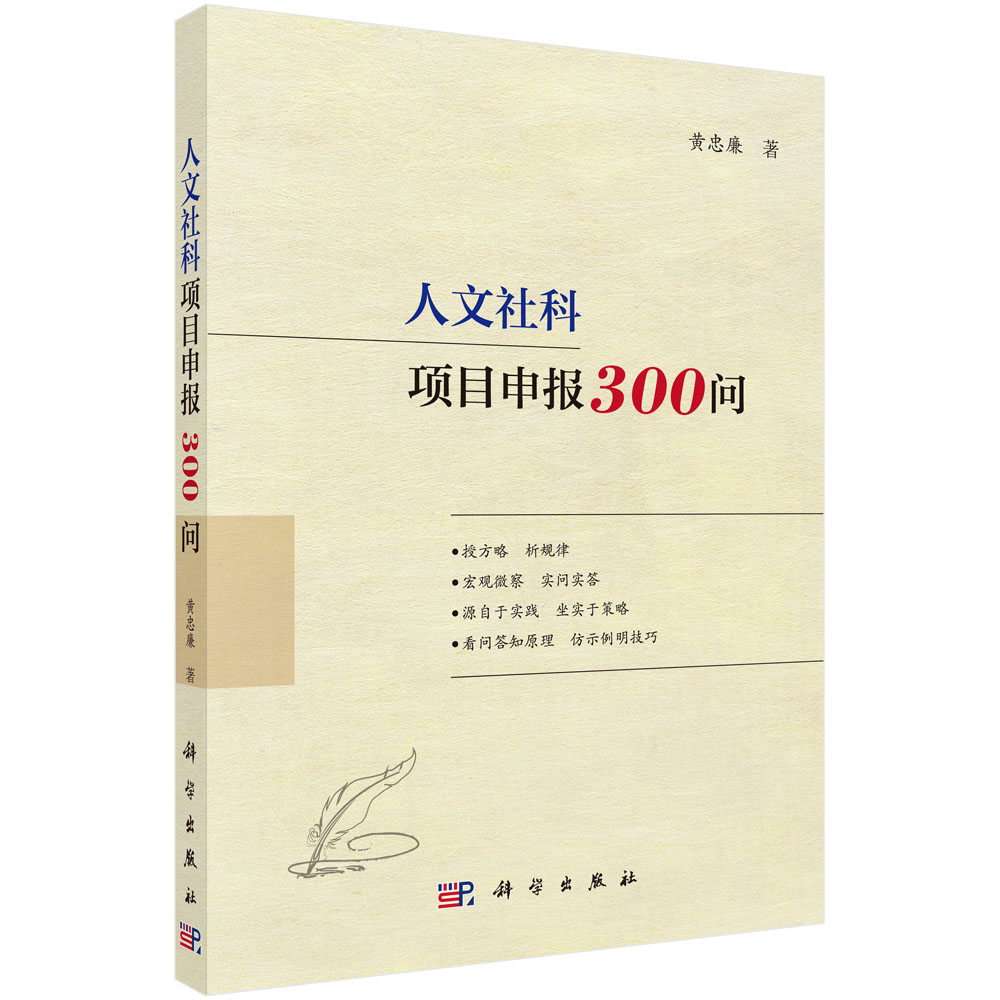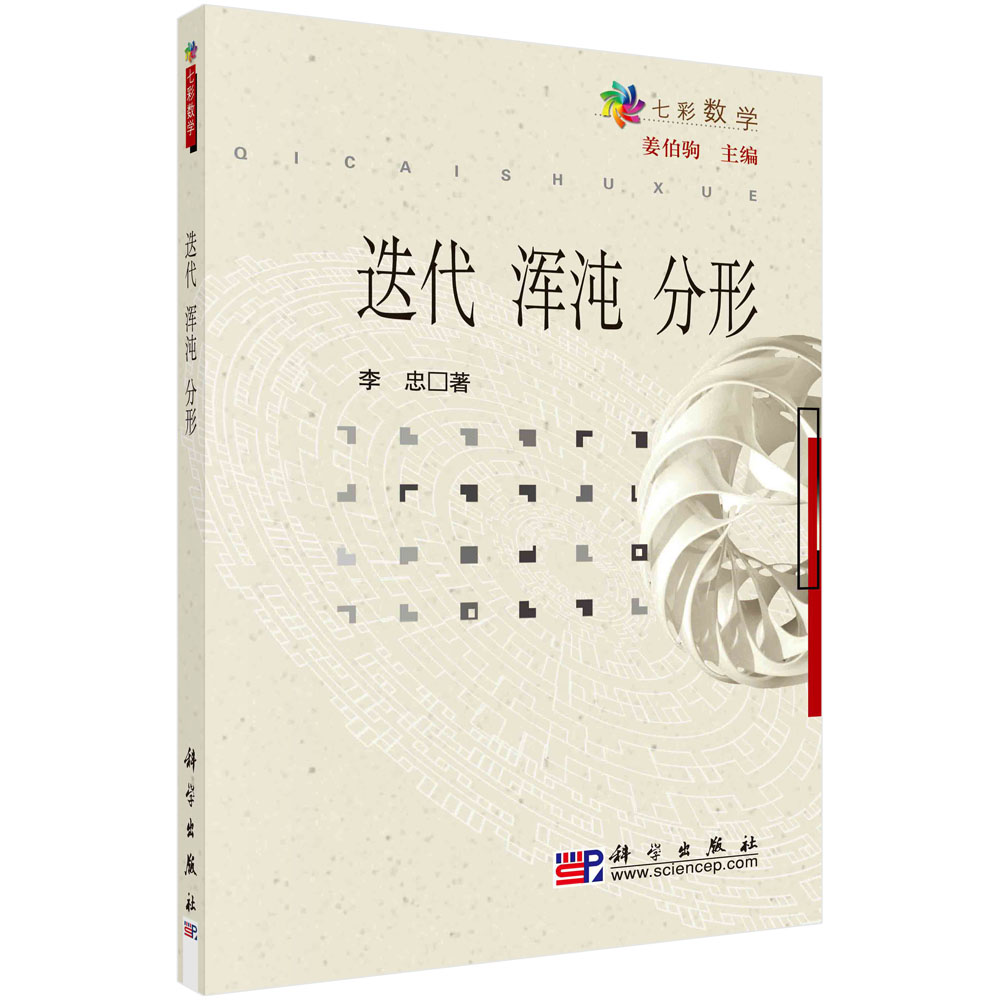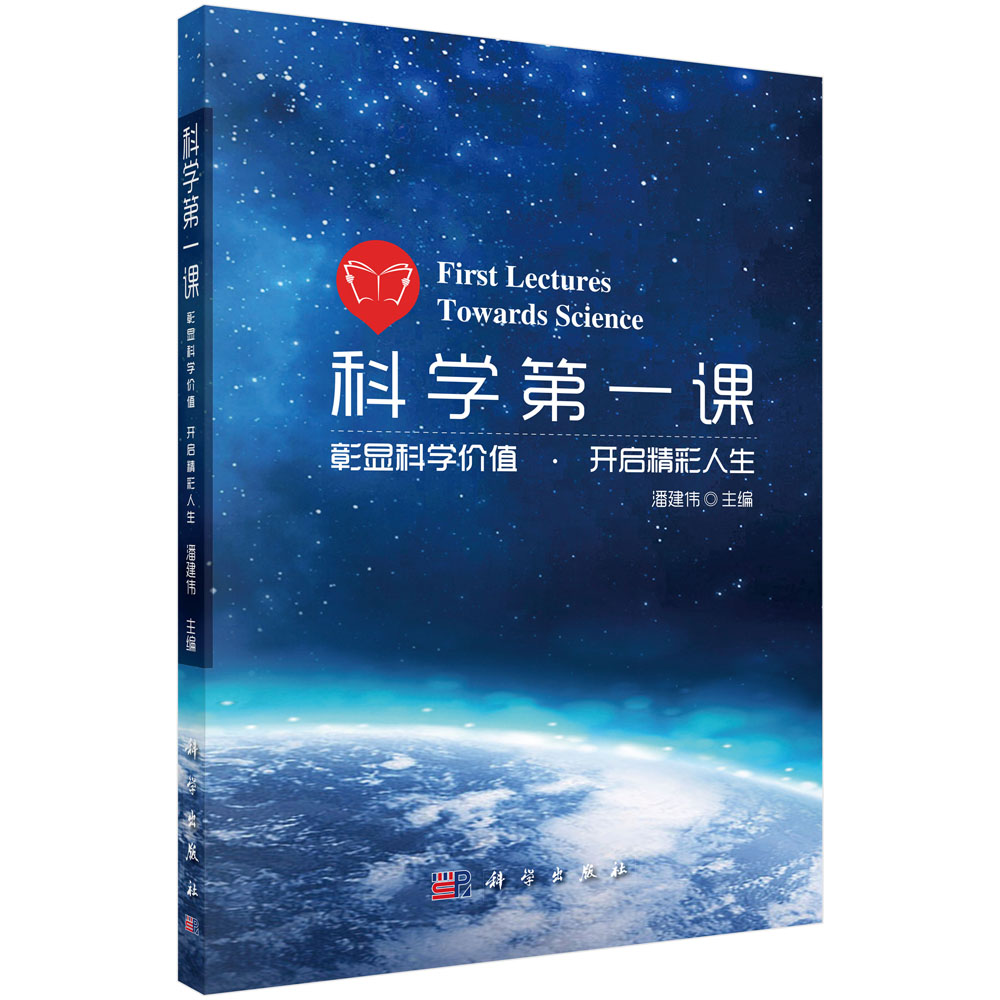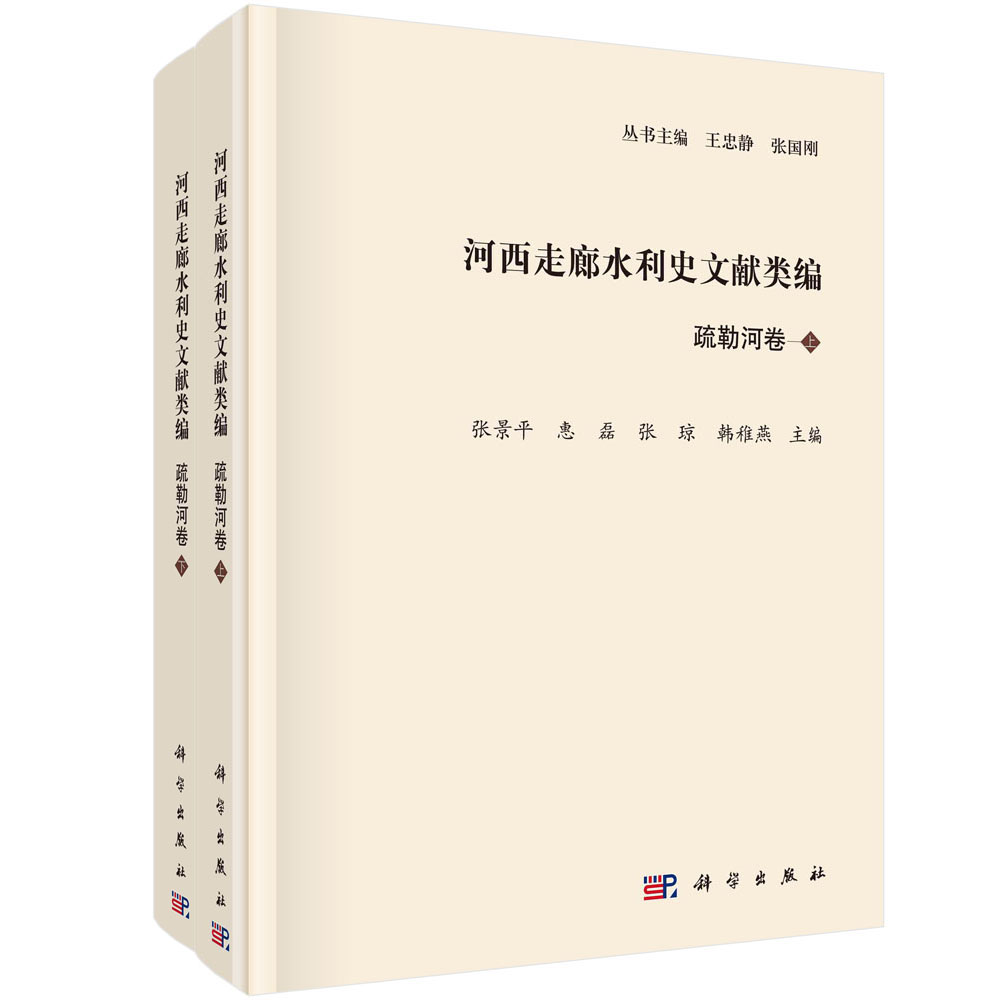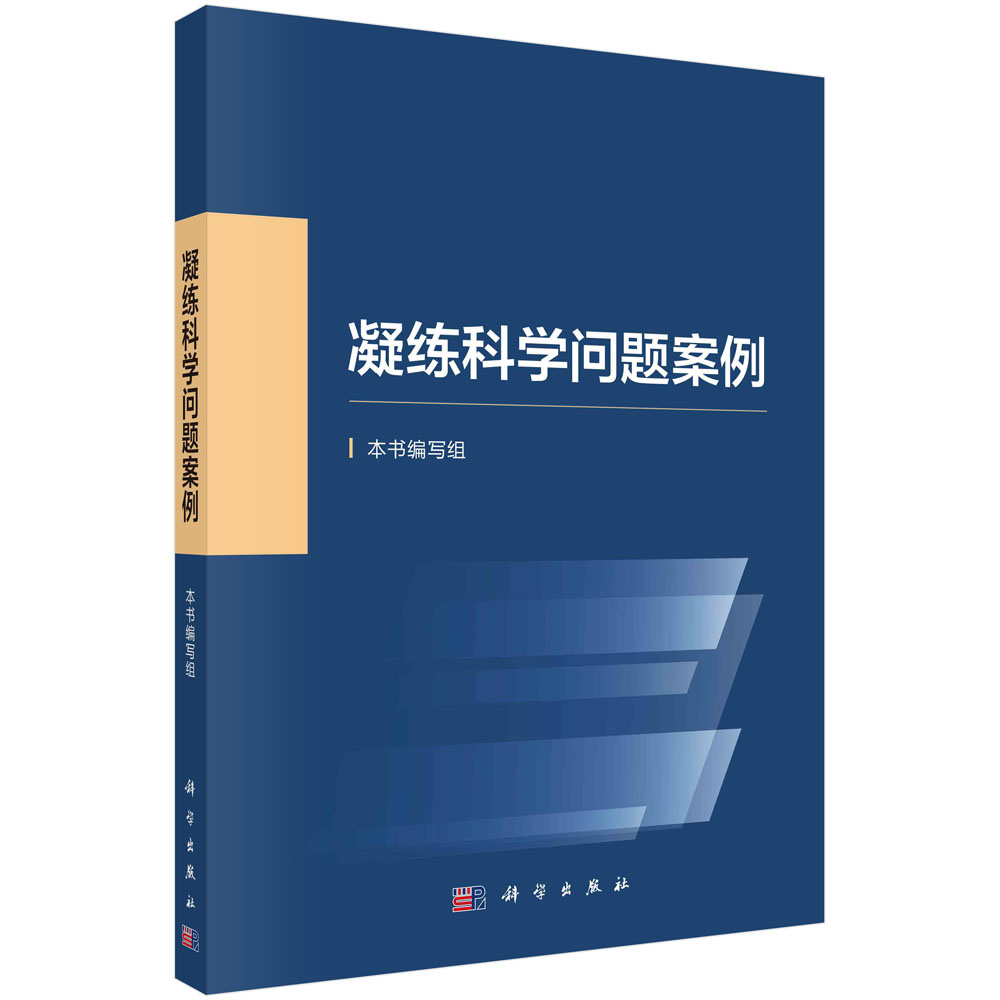每一个满怀抱负的有机化学家都尝试写出合理的有机反应机理,然而市面上的有关机理正确书写的书籍却寥寥无几。本书将帮助学生和科研人员提高这一重要技能。本书的突出特点体现在:正确的书写形式,“常见错误提示”,配以大量的难度适宜的问题。其另一个特色是包含过渡金属参与或催化的反应章节。相对新的课题,例如,烯烃复分解反应、芳香环化反应等在本书中均有所涉及。 全新修订的第2版精彩呈现:更新的反应机理,芳香性的讨论,酸性,立体化学的拓展,重新组织了自由基反应和金属参与或催化的反应等内容,增加了新的问题。
样章试读
目录
- Preface to the Student
Preface to the Instructor
1 The Basics
1.1 Structure and Stability of Organic Compounds
1.1.1 Conventions of Drawing Structures;Grossman’s Rule
1.1.2 Lewis Structures;Resonance Structures
1.1.3 Molecular Shape;Hybridization
1.1.4 Aromaticity
1.2 Brønsted Acidity and Basicity
1.2.1 pK_aValues
1.2.2 Tautomerism
1.3 Kinetics and Thermodynamics
1.4 Getting Started in Drawing a Mechanism
1.5 Classes of Overall Transformations
1.6 Classes of Mechanisms
1.6.1 Polar Mechanisms
1.6.2 Free-Radical Mechanisms
1.6.3 Pericyclic Mechanisms
1.6.4 Transition-Metal-Catalyzed and-Mediated Mechanisms
1.7 Summary
Problems
2 Polar Reactions under Basic Conditions
2.1 Substitution and Elimination at C(Sp^3)-XσBonds,Part 1
2.1.1 Substitution by the S_N2 Mechanism
2.1.2 β-Elimination by the E2 and Elcb Mechanisms
2.1.3 Predicting Substitution vs.Elimination
2.2 Addition of Nucleophiles to ElectrophilicπBonds
2.2.1 Addition to Carbonyl Compounds
2.2.2 Conjugate Addition;The Michael Reaction
2.3 Substitution at C(Sp^2)-XσBonds
2.3.1 Substitution at Carbonyl C
2.3.2 Substitution at Alkenyl and Aryl C
2.3.3 Metal Insertion;Halogen-Metal Exchange
2.4 Substitution and Elimination at C(Sp^3)-XσBonds,Part Ⅱ
2.4.1 Substitution by the S_RN1 Mechanism
2.4.2 Substitution by the Elimination-Addition Mechanism
2.4.3 Substitution by the One-Electron Transfer Mechanism
2.4.4 Metal Insertion;Halogen-Metal Exchange
2.4.5 α-Elimination;Generation and Reactions of Carbenes
2.5 Base-Promoted Rearrangements
2.5.1 Migration from C to C
2.5.2 Migration from C to 0 or N
2.5.3 Migration from B to C or 0
2.6 Two Multistep Reactions
2.6.1 The Swem Oxidation
2.6.2 The Mitsunobu Reaction
2.7 Summary
Problems
3 Polar Reactions Under Acidic Conditions
3.1 Carbocations
3.1.1 Carbocation Stability
3.1.2 Carbocation Generation;The Role of Protonation
3.1.3 Typical Reactions of Carbocations;Rearrangements
3.2 Substitution and β-Elimìnation Reactions at C(Sp^3)-X
3.2.1 Substitution by the S_Nl and S_N2 Mechanisms
3.2.2 ß-Elimination by the El Mechanism
3.2.3 Predicting Substitution vs.Elimination
3.3 Electrophilic Addition to Nucleophilic C=C π Bonds
3.4 Substitution at NucleophiJic C=C π Bonds
3.4.1 Electrophilic Aromatic Substitution
3.4.2 Aromatic Substitution of Anilines via Diazonium Salts
3.4.3 Electrophilic Aliphatic Substitution
3.5 Nucleophilic Addition to and Substitution at Electrophilic π Bonds
3.5.1 Heteroatom Nucleophiles
3.5.2 Carbon Nucleophiles
3.6 Summary
Problems
4 Pericyclic Reactions
4.1 lntroduction
4.1.1 Classes of Pericyclic Reactions
4.1.2 Polyene MOs
4.2 Electrocyclic Reactions
4.2.1 Typical Reactions
4.2.2 Stereospeficity
4.2.3 Stereoselectivity
4.3 Cycloadditions
4.3.1 Typical Reactions
4.3.2 Regioselectivity
4.3.3 Stereospecificity
4.3.4 Stereoselectivity
4.4 Sigmatropic Rearrangements
4.4.1 Typical Reactions
4.4.2 Stereospecificity
4.4.3 Stereoselectivity
4.5 Ene Reactions
4.6 Summary
Problems
5 Free-Radical Reactions
5.1 Free Radicals
5.1.1 StabiIity
5.1.2 Generation from Closed-Shell Species
5.1.3 Typical Reactions
5.1.4 Chain vs.Nonchain Mechanisms
5.2 Chain Free-Raclical Reactions
5.2.1 Substitution Reactions
5.2.2 Addition and Fragmentation Reactions
5.3 Nonchain Free-Raclical Reactions
5.3.1 Photochemical Reactions
5.3.2 Reductions and Oxidations with Metals
5.3.3 Cycloaromatizations
5.4 MiscelIaneous Radical Reactions
5.4.1 1,2-Anionic Rearrangements;Lone-Pair Inversion
5.4.2 Triplet Carbenes and Nitrenes
5.5 Summary
Problems
6 Transition-Metal-Mediated and-Catalyzed Reactions
6.1 Introduction to the Chernistry of Transition Metals
6.1.1 Conventions of Drawing Structures
6.1.2 Counting Electrons
6.1.3 Typical Reactions
6.1.4 Stoichiometric vs.Catalytic Mechanisms
6.2 Addition Reactions
6.2.1 Late-Metal-Catalyzed Hydrogenation and Hydrometallation(Pd,Pt,Rh)
6.2.2 Hydroformylation(Co,Rh)
6.2.3 Hydrozirconation(Zr)
6.2.4 Alkene Polymerization(Ti,Zr,Sc,and others)
6.2.5 Cyclopropanation,Epoxidation,and Aziridination of Alkenes(Cu,Rh,Mn,Ti)
6.2.6 Dihydroxylation and Arninohydroxylation of Alkenes(Os)
6.2.7 Nucleophilic Addition to Alkenes and Alkynes(Hg,Pd)
6.2.8 Conjugate Addition Reactions(Cu)
6.2.9 Reductive Coupling Reactions(Ti,Zr)
6.2.10 Pauson-Khand Reaction(Co)
6.2.11 Dötz Reaction(Cr)
6.2.12 Metal-Catalyzed Cycloaddition and Cyclotrimerization(Co,Ni,Rh)
6.3 Substitution Reactions
6.3.1 Hydrogenolysis(Pd)
6.3.2 Carbonylation of A1kyl Halides(Pd,Rh)
6.3.3 Heck Reaction(Pd)
6.3.4 Coupling Reactions Between Nucleophiles and C(Sp^2)X:Kumada,Stille,Suzulå,Negishi,Buchwald-Hartwig,Sonogashira,and Ullmann Reactions(Ni,Pd,Cu)
6.3.5 Allylic Substitution(Pd)
6.3.6 Pd-Catalyzed Nucleophilic Substitution of Alkenes;Wacker Oxidation
6.3.7 Tebbe Reaction(Ti)
6.3.8 Propargyl Substitution in Co-Alkyne Complexes
6.4 Rearrangement Reactions
6.4.1 Alkene Isomerization(Rh)
6.4.2 Olefm and Alkyne Metathesis(Ru,W,Mo,Ti)
6.5 Elimination Reactions
6.5.1 Oxidation of Alcohols(Cr,Ru)
6.5.2 Decarbonylation of Aldehydes(Rh)
6.6 Summary
Problems
7 Mixed-Mechanism Problems
A Final Word
Index
